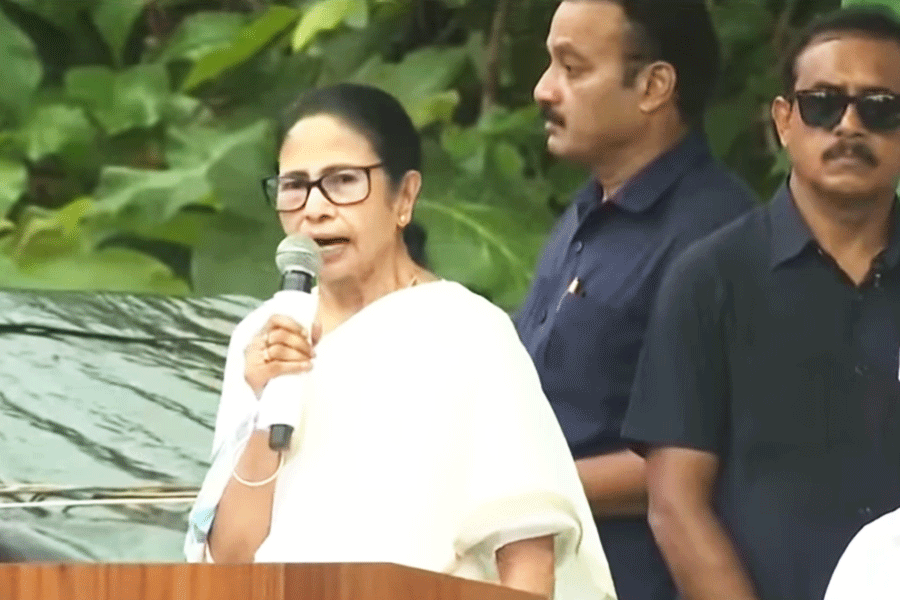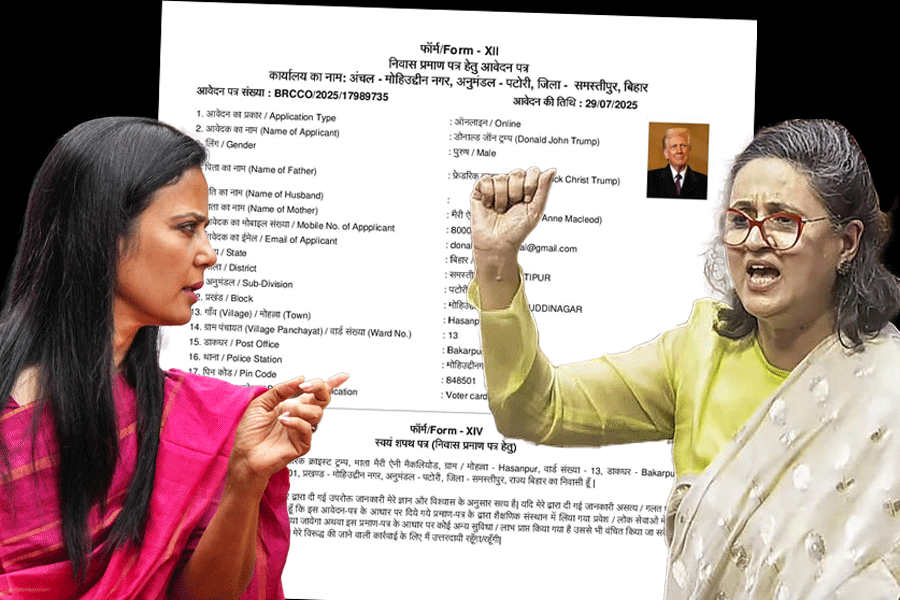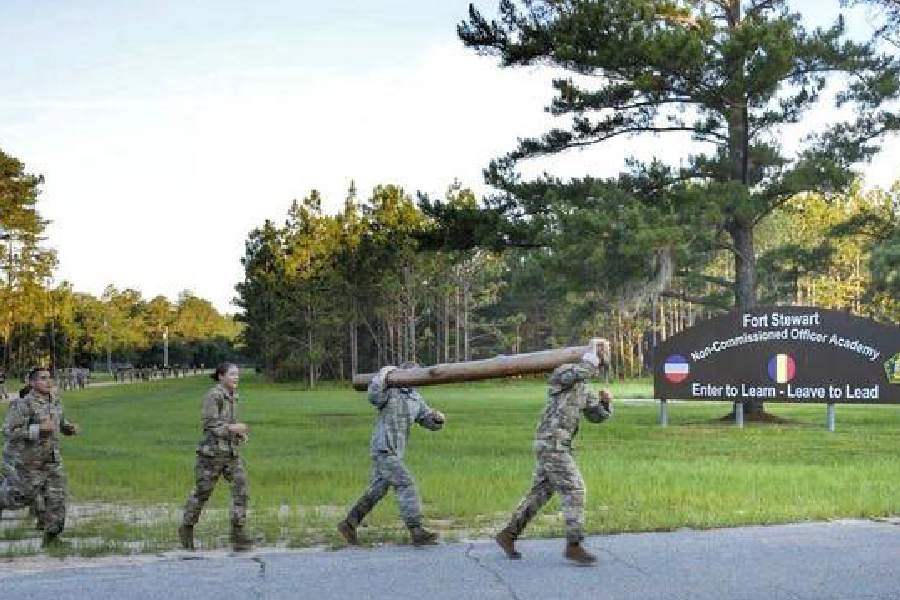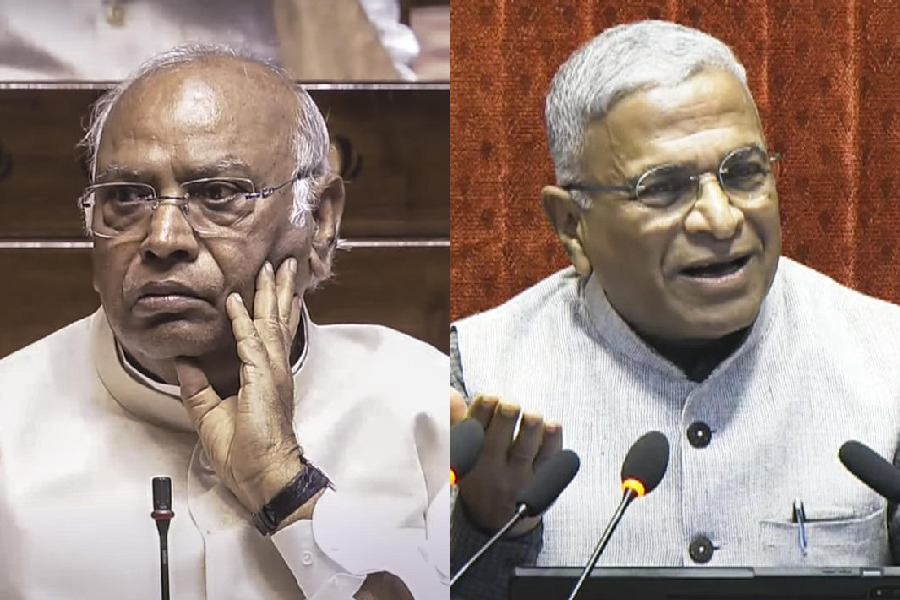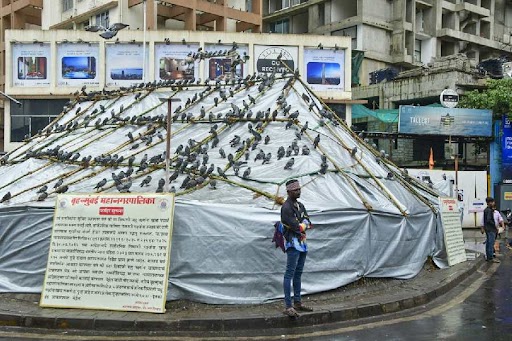 |
| Bendazzi in conversation with filmmaker Mrinal Sen at a screening of animation films at Nandan. Picture by Aranya Sen |
Think of a world of free-flowing imagination where the mind is allowed to wander, and it is as surreal as the creator wishes it to be. There are no limits or guidelines, and the possibilities are boundless. Impossible? Think again, for this is the world of animation, where images are not restricted to reality.
This is what a group of students is learning at Roopkala Kendra, from a rather special guest. “This next Yugoslavian film is a take on life as the filmmaker sees it… The 26-minute Russian film after that is too long for an animation short film, but it’s a masterpiece,” explains Giannalberto Bendazzi, animation critic, historian and teacher. His attentive audience listened in silence, before all eyes eagerly turned to the screen when the projector rolled.
The Italian is on a weeklong trip to town for lecture-demonstration sessions at the Salt Lake institute, to educate students from varied disciplines — editing and directing to social communication and animation — on the long, albeit little known, evolution of animation cinema.
And the author of the mammoth book Cartoons: One hundred years of animation cinema, the only one of its kind in the world, which Roopkala Kendra is in the process of translating into Bengali, has only words of praise for his Calcutta students.
“I have travelled around the world teaching at many different places, but everywhere the young people have preconceived ideas of what animation films are and should be. In Russia, they think the best is what they have seen as children on Russian television. In the US, it’s Disney they identify with; in Korea, Japanese films rule. It’s very frustrating, because I feel they should be looking beyond. But this is the first batch that has no previous ideas, and their attitude is one of wanting to conquer the world. That is as it should be,” says the 58-year-old.
The discussions involved a dissection of the meaning, visual styles, the significance of the language and the music and the philosophy of art, besides the history of animation cinema around the world.
“It’s a great opportunity for me to learn, since we don’t know much about this topic in India,” says Kushal Chakraborty, a 27-year-old student in the two-year animation course. “I have always been passionate about this medium, but I hadn’t thought of using it as a tool of social awareness till now.”
Two events in the last century changed the face of animation filmmaking forever, observes Bendazzi. “The fall of the Soviet empire put a stop to a lot of quality state-funded films from East Europe. But then the advent of computers opened up new avenues. Whereas 20 years ago you had only a couple of interesting films every year, now you have about 10 to 12.”
What’s the future of the Indian animation film industry? “It has so far been much less satisfactory than its potential. It is still a sleeping giant. But the day India decides to embrace animation, it will blossom, backed by a wonderful folk tradition and 1,000 years of culture,” ends Bendazzi.


